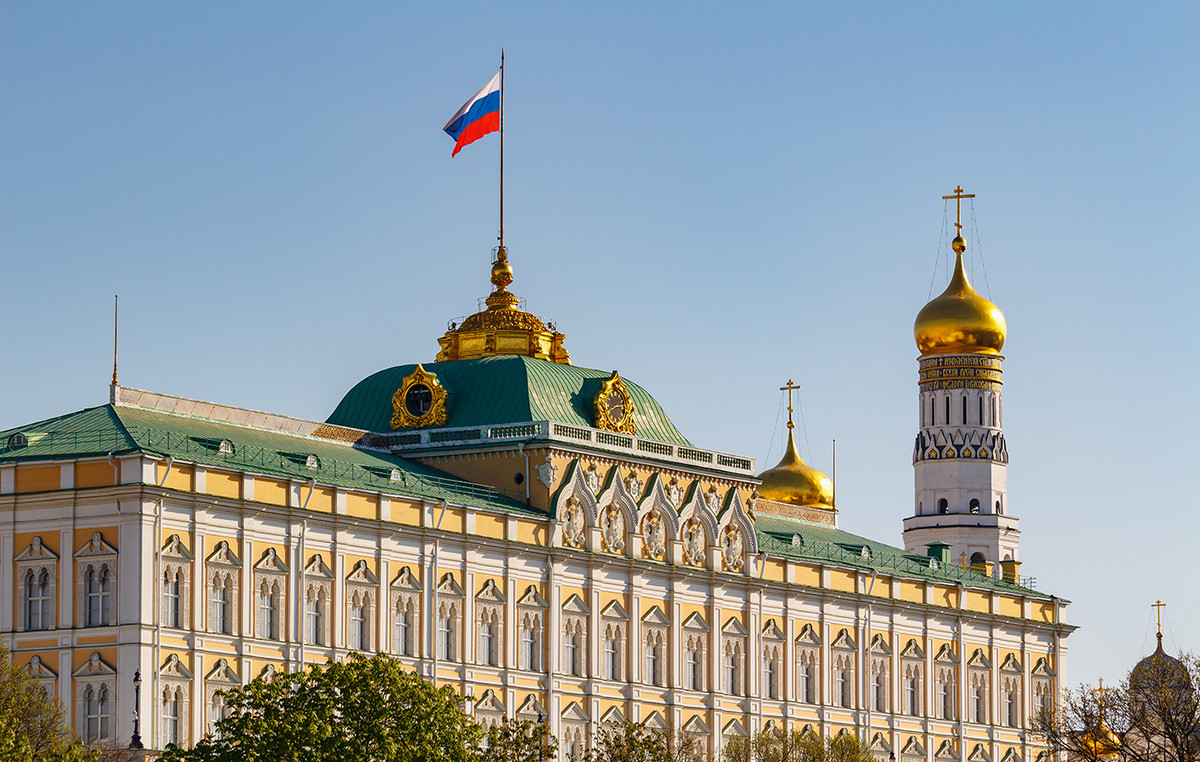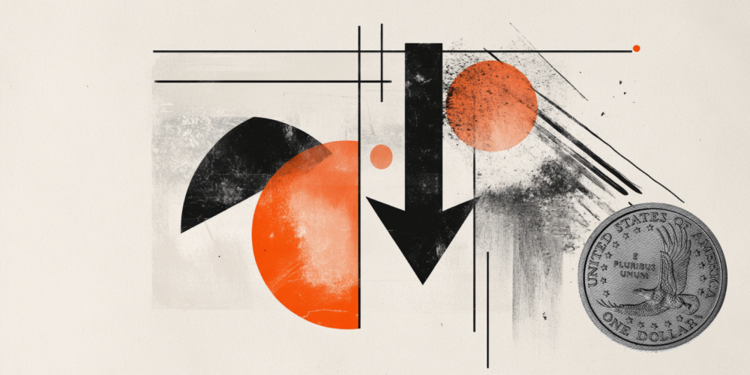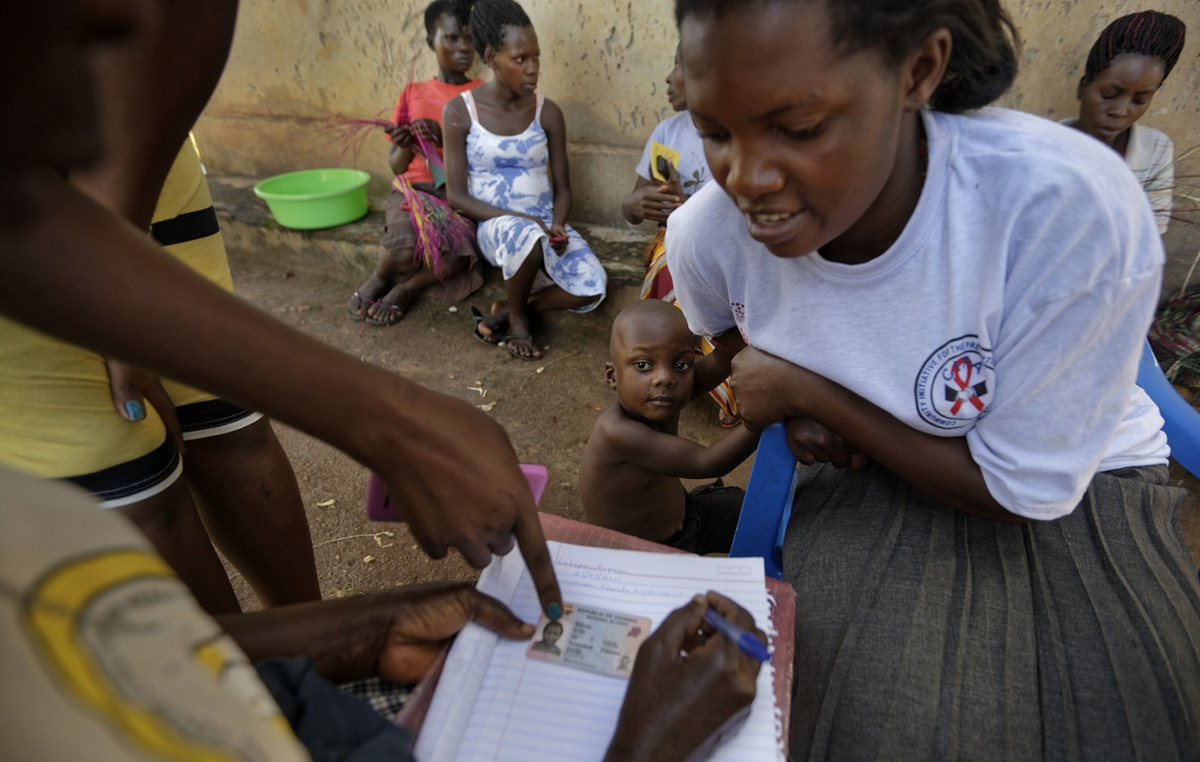The biggest one joint exercise prepares it NATO first time since the Cold War, gathering more than 40,000 troops, in a scenario of fending off a Russian attack against one of its members. Exercise Steadfast Defender comes as part of NATO’s rapid transformation from a crisis response alliance to a war-ready alliance, a transformation prompted by Russia’s invasion of Ukraine.
The exercise will begin in the spring of next year and is expected to include approx 500-700 air combat missionsmore than 50 ships and approx 41,000 soldiers, as NATO officials stated. It is designed to model possible maneuvers against an enemy modeled after a Russian-led coalition, dubbed Occasus for the purposes of the exercise. The exercise is also a first in terms of technical capability, as real-world geographic data will be used to create more realistic scenarios for troops.
Sweden, whose NATO candidacy has yet to be ratified by Turkey and Hungary, will also be included in the exercise, bringing the total number of participating nations to 32. The exercise will take place in Germany, Poland and the Baltics in February and March 2024 and is part of a new training strategy by the military alliance, which will see two major exercises each year instead of one. NATO will also be trained to deal with it terrorist threats outside its immediate borders. The Secretary General of NATO Jens Stoltenberg he said last June that the alliance would increase the number of its high-alert forces from 40,000 to “well over 300,000”.
The Steadfast Defender exercise is part of a historic review to shift the alliance towards heavy military capabilities unlike the light and mobile forces deployed so far in the Balkans and Afghanistan. Following that statement, NATO leaders agreed to a summit in the Lithuanian capital of Vilnius in July 2024 to discuss new regional defense plans as well as the creation of the so-called Allied Response Force, a multinational force capable of rapidly responding to threats.
The Baltic states are calling on NATO to reinforce the eastern front as troops have massed on the border with Belarus. The president of Russia Vladimir Putin stated that the nuclear weapons they will be transferred to Belarus in early July, although their presence has not yet been confirmed. NATO has deployed multinational battalions in the Baltic states to slow the advance of any aggressor in the event of an invasion. Germany said in June it would keep 4,000 troops permanently in Lithuania, with the exercises seen as a key measure to demonstrate to Moscow that the alliance is ready to fight, NATO officials said.
Source: News Beast
With 6 years of experience, I bring to the table captivating and informative writing in the world news category. My expertise covers a range of industries, including tourism, technology, forex and stocks. From brief social media posts to in-depth articles, I am dedicated to creating compelling content for various platforms.







